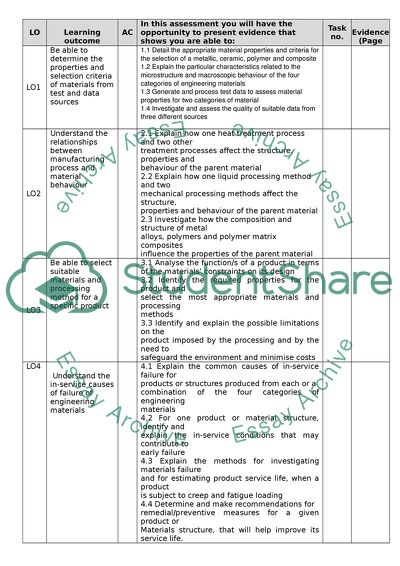Cite this document
(Wear Resistance of Basic Engineering Materials Assignment Example | Topics and Well Written Essays - 4750 words, n.d.)
Wear Resistance of Basic Engineering Materials Assignment Example | Topics and Well Written Essays - 4750 words. https://studentshare.org/engineering-and-construction/1879358-engineering-maiterles
Wear Resistance of Basic Engineering Materials Assignment Example | Topics and Well Written Essays - 4750 words. https://studentshare.org/engineering-and-construction/1879358-engineering-maiterles
(Wear Resistance of Basic Engineering Materials Assignment Example | Topics and Well Written Essays - 4750 Words)
Wear Resistance of Basic Engineering Materials Assignment Example | Topics and Well Written Essays - 4750 Words. https://studentshare.org/engineering-and-construction/1879358-engineering-maiterles.
Wear Resistance of Basic Engineering Materials Assignment Example | Topics and Well Written Essays - 4750 Words. https://studentshare.org/engineering-and-construction/1879358-engineering-maiterles.
“Wear Resistance of Basic Engineering Materials Assignment Example | Topics and Well Written Essays - 4750 Words”. https://studentshare.org/engineering-and-construction/1879358-engineering-maiterles.


